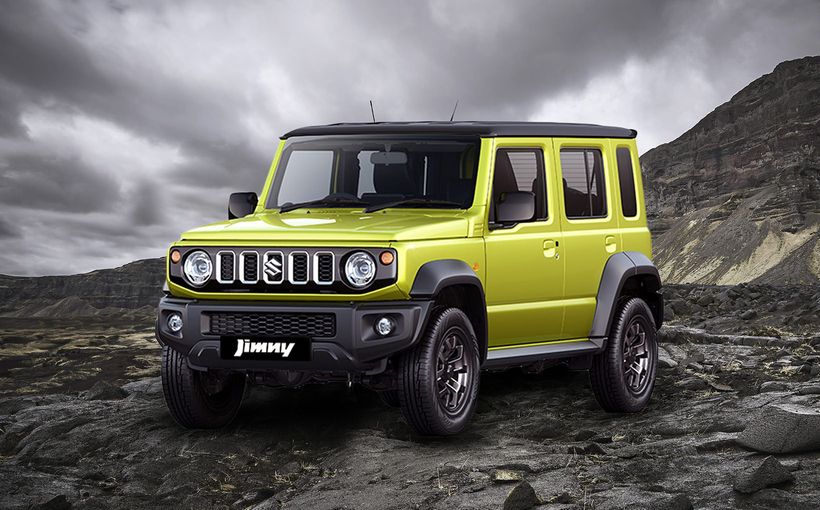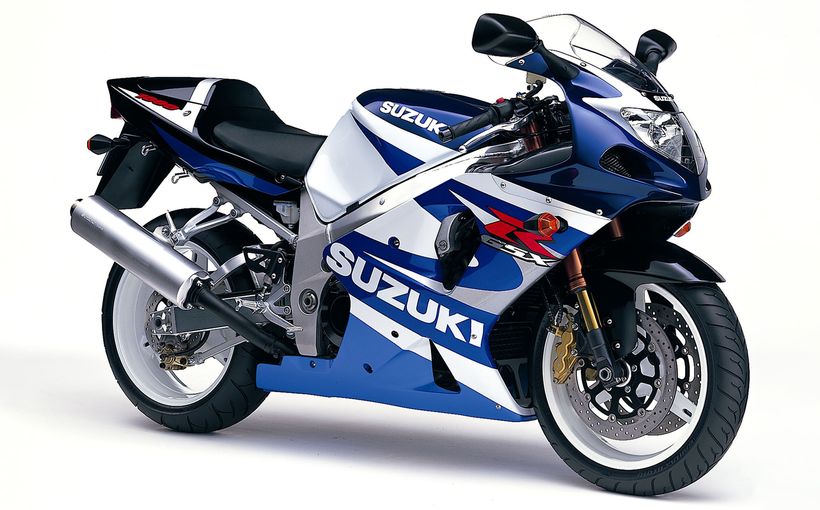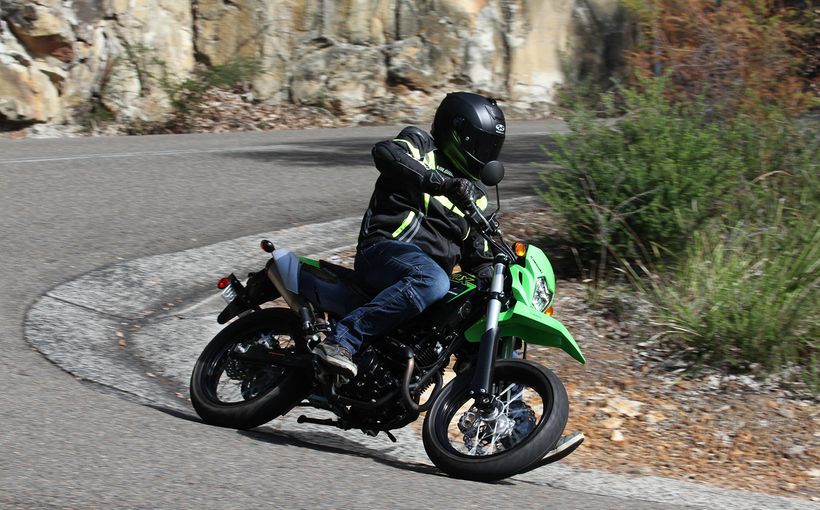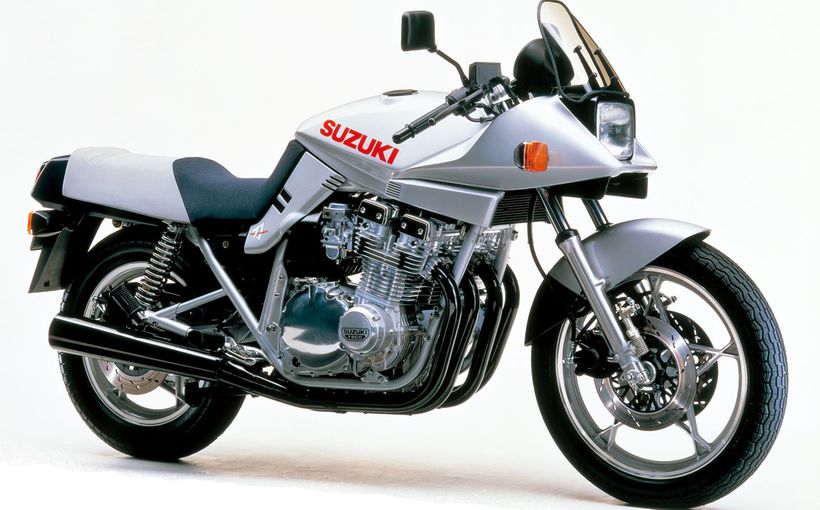Different Paths, Same Destination

BY PHIL JAMES
You don’t need great punch out of turns if you have excellent corner speed. Watching Kawasaki’s Versys 650 tip into turns without the brake light coming on through the twisties of the Bylong Valley was really showing how capable a machine it is, with Suzuki’s middleweight V-Strom shadowing the green machine’s rear wheel.
The two brands have taken different paths to the same destination — versatile middleweight allrounders which are economic, comfortable and capable. Suzuki uses a V-twin powerplant wrapped in Adventure bike styling with laced wheels, including a 19-inch front. Kawasaki’s Versys is more road bike focused, with a short wheelbase, 17-inch cast wheels and crossover styling that belies its street sports ability.
The Suzuki has been around for decades, the Kawasaki for nearly a decade and a half. Often purchased as commuters, they both accept panniers to turn them into touring bikes and their road-riding bias shows in how well they can be punted up a winding road.
They both sell reasonably well, although they both deserve to sell better.

THE MARKET
The 650 class seems to have heaps of options, with sporty machines from Honda, a new naked from Triumph, Yamaha’s very popular Massive Torque models and lots more. Most of those are bitumen-use-only bikes though; the Versys and V-Strom both have longer suspension travel and are designed for unsealed roads, which makes them more versatile for Australian conditions.
The V-Strom and Versys provide quite different solutions to fill this niche. Both do everything expected in this category, but with different strengths. Understanding their differences is key to ensuring potential buyers make the best choice. Both bikes have engines which have been updated a few times but can trace their DNA back a long way. Consequently, the development cost was covered long ago, allowing both manufacturers to offer a good value package.
The nature of the engines is key as to why the bikes are so different yet do the same job. Suzuki’s 650 twin is one of the most highly regarded engines on the market, but as a V-twin, it is long. Consequently, the V-Strom has a whopping 145mm longer wheelbase than the Kawasaki with its parallel twin. Add the 19-inch front wheel, as opposed to the Kawasaki’s 17, and you get two very different motorcycles to ride.

The Suzuki is very stable and roomy for taller riders; the larger front wheel and spoked wheelset point to better unsealed road performance. To balance this, the Kawasaki is super agile — some might find it initially feels nervous (a feeling that subsides with familiarity). It will effortlessly punt through a succession of sealed tight corners in a way the V-Strom won’t match. Being super short is an advantage for commuting too, as the tight turning circle allows it to dart through small holes and do super-tight U-turns.
At higher speed, the Suzuki feels solid and the Kawasaki less so. Suspension on both is typical for this part of the market, which is sufficient up to a point, but experienced riders will feel the limitations.

Both bikes have remote shock preload adjustment that is commendable. The Suzuki comes with rebound adjustment on the shock, the Kawasaki with it on the fork. Consequently, the Kawasaki has more potential for suspension tuning with its superior forks, “superbike” strong swingarm and flex-free frame.


Riding the bikes back-to-back, Suzuki’s V-Twin is the engine most riders prefer. Its midrange is strong, with a long-legged feel. The Kawasaki, if ridden in isolation, feels nearly as strong, but doesn’t have that V-Twin burble. Although a LAMS bike, it doesn’t feel that way. It only runs out of breath at the very top of the rpm range. Nigel and I were split as to which we thought was the smoothest at highway speeds. He liked the Suzuki, while I thought the Kawasaki was smoothest. We’ll call it a draw.
As a LAMS bike, the Kawasaki doesn’t have the maximum level of acceleration of the Suzuki (unfortunately we couldn’t get the LAMS version for this test), but it will be easier to sell when the time comes. Kawasaki doesn’t bring in the full power version anymore as the performance difference over the LAMS bike is small and its slow sales didn’t warrant importing it.

The Suzuki does have a super-smooth gear change — the Kawasaki is acceptable in this regard — but the Suzuki is better. Interestingly, other Kawasakis using this engine have a better Assist and Slipper clutch. My feeling is the Versys suffers a little from clutch drag and this impinges on gearchange feel. Maybe we will get an Assist and Slipper clutch on the next model upgrade, whenever that is.
An ARR tip: the gearchange is better when premium, 100 per cent synthetic engine oil is used. Not a great additional expense as it only holds two litres.

Both bikes have excellent brakes, but the Suzuki had a more progressive feel requiring less familiarisation.
Initially the Kawasaki’s brakes felt a little “sharp” before the rider acclimatised, though it must be said this is a nit-picking criticism of the Kawasaki.
Both bikes have a good aero package; the Kawasaki has an adjustable screen allowing a bit more individual tuning. Both are happy doing dirt roads, although neither is an “off road” bike. Open road cruising is pleasant on each, as is urban riding, with the upright riding position making them a joy in slow-moving traffic.
For an extra $1500 the V-Strom offers more. There is traction control, handguards, power socket, plastic engine cowl and spoked wheels. Kawasaki offers some of these things as accessories, but not all.
Regarding accessories, both can be upgraded with a good range of manufacturer’s accessories. Luggage and various comfort items are available for both, however only the Suzuki offers a centrestand, important for touring riders.




WHICH BIKE IS RIGHT FOR YOU?
Our initial opinions about the bikes and their specs were confirmed very quickly when riding them. The Suzuki has the edge as an all-road, long-distance bike. It is a bit happier on dirt than the Kawasaki and has more room for a taller rider. Those with larger feet found the Suzuki pegs better for standing. Riders primarily doing long cruisy trips are probably better off on the Suzuki, and if you’re planning on doing anything relating to adventure riding, the V-Strom is the bike for you.
The V-twin engine and laced wheels cost though, which might explain why the Kawasaki is nearly $1500 cheaper to buy. That’s a significant saving, enough to buy things such as genuine panniers, heated grips, numerous sets of tyres or a suspension upgrade.
Putting the $1500 saved by purchasing the Kawasaki into a fork re-oil and a good rear shock will turn it into an extremely good-handling bike, better than many bikes costing twice as much. This isn’t speculation as I recently owned one with suspension mods. Add to that its awesome commuting abilities and touring comfort and you’ve got a very capable, yet low-priced motorcycle. Upgrading the suspension of the Suzuki would help it as well, but it doesn’t have anything like the potential of the Kawasaki due to its differing chassis architecture.
What impressed us after the test was how good each is as an all-rounder. Both follow a different path to get there… but get there they do! Neither will disappoint; it’s just a question of buying the one that aligns with personal preferences.

SPECS: 2021 Suzuki V-Strom 650 (Model code DL650XAM1)
ENGINE
Liquid-cooled, 4-stroke, DOHC, 4-valve, 90 deg V-Twin
Capacity: 645cc
Bore x stroke: 81 x 62.6mm
Compression ratio: 11.2:1
Fuel System: Fuel Injection, dual throttle valve
PERFORMANCE
Claimed maximum power: 70hp (52kW) @8800rpm
Claimed maximum torque: 62Nm @ 6500
TRANSMISSION
Type: 6 speed
Final drive: Chain
Clutch: Wet Multiplate
CHASSIS AND RUNNING GEAR
Chassis: Aluminum beam
Front suspension: 43mm Telescopic Fork
Rear suspension: Preload and rebound adjustment
Front brakes: Tokico hydraulic floating dual discs, 310mm, ABS
Rear brake: Nissin 260mm disc, Brembo single-piston calliper, ABS
Tyres: Front: 110/80-19 Rear: 150/70-17
ELECTRONIC RIDER AIDS
Brake Control (ABS): Yes, non-switchable
Traction Control: Yes, Switchable
Easy start and low rpm assist
DIMENSIONS AND CAPACITIES
Rake: 26°
Trail: 110mm
Claimed wet weight: 216Kg
Ground Clearance: 175mm
Seat height: 835 mm
Wheelbase: 1560 mm
Fuel capacity: 20L
ETCETERA
Price: $13,490 (ride away)
Colours: Pearl Brilliant White; Candy Daring Red/Glass Sparkle Black; Metallic Oort Grey
Test bike supplied Brisans Motorcycles Newcastle
Warranty: 2 years, unlimited kilometres
SPECS: 2021 Kawasaki Versys 650L (Model code KLE650FMFNW)
ENGINE
Liquid-cooled, 4-stroke, DOHC, 4-valve, Parallel Twin
Capacity: 649cc
Bore x stroke: 83 x 60mm
Compression ratio: 10.8:1
Fuel System: Fuel Injection, 2x38mm sub throttles
Ignition: TCBI with digital advance
PERFORMANCE
Claimed maximum power: 55hp (41.3kW) @ 8,000 rpm
Claimed maximum torque: 55 Nm @ 5,500 rpm
TRANSMISSION
Type: 6 speed with positive neutral finder
Final drive: Chain
Clutch: Wet Multiplate
CHASSIS AND RUNNING GEAR
Chassis: Steel trellis with aluminium fabricated swingarm
Front suspension: 41mm inverted fork with preload (left side) and rebound (right side) adjustment, 150mm of travel.
Rear suspension: Offset laydown single-shock with remote spring preload adjustment. 145mm travel
Front brakes: Dual 300 mm semi-floating petal discs with dual 2-piston callipers and ABS
Rear brake: 250mm Petal Disc with single piston calliper and ABS
Tyres: Front: 120/70ZR17. Rear: 160/60ZR17
ELECTRONIC RIDER AIDS
Brake Control (ABS): Yes
DIMENSIONS AND CAPACITIES
Rake: 25°
Trail: 110mm
Claimed wet weight: 216Kg
Ground Clearance: 170mm
Seat height: 840 mm
Wheelbase: 1415 mm
Fuel capacity: 21L
ETCETERA
Price: $12,055 (ride away)
Colours: Candy Lime Green with Metallic Spark Black
Test bike: Kawasaki Australia
Warranty: 2 years, unlimited kilometres









